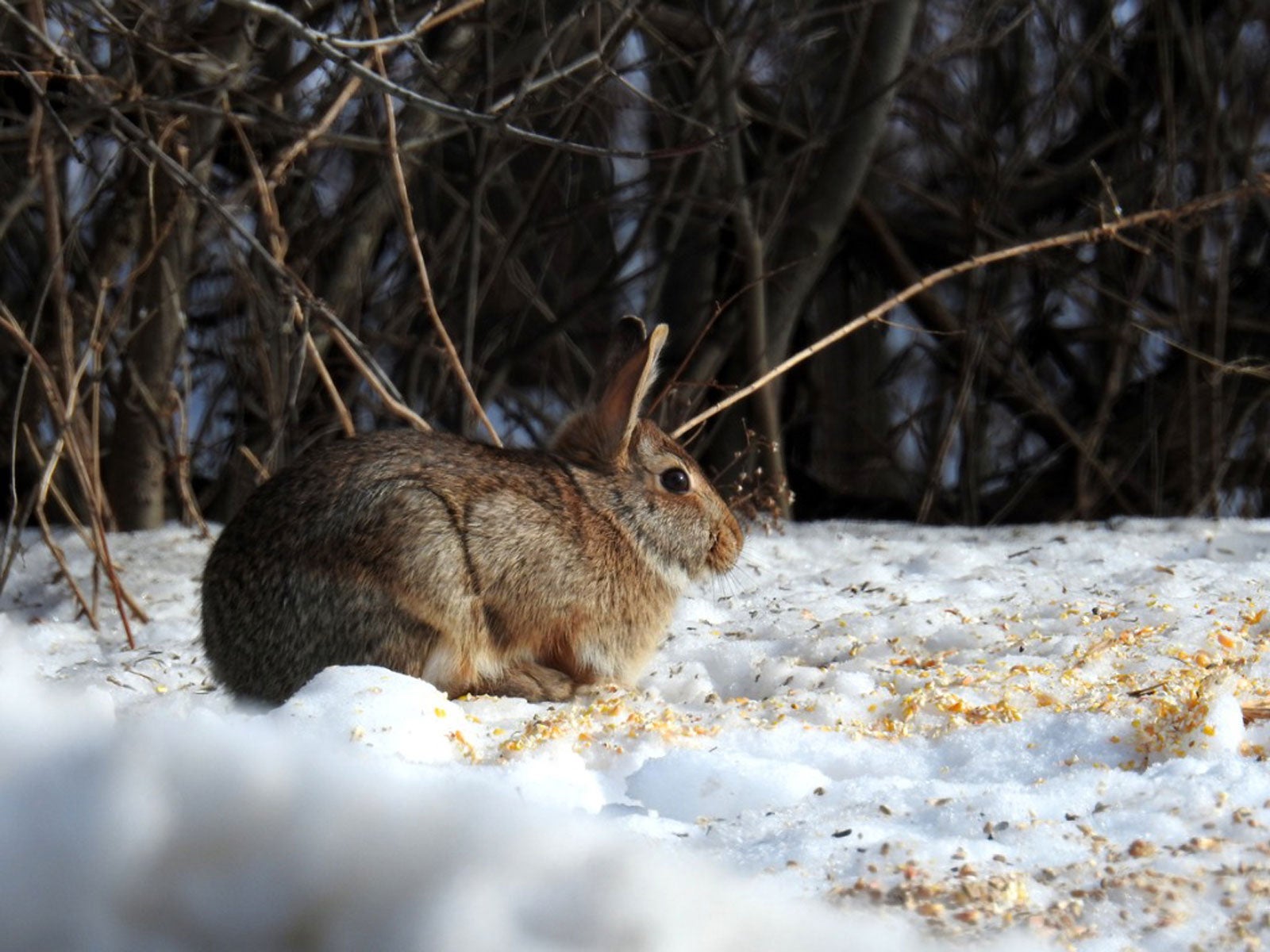Four Season Wildlife Habitat: Grow A Year-Round Wildlife Garden


Wildlife creatures don’t just come around during spring or summer. They’re out and about in fall and winter too. What are the benefits of a year-round wildlife garden and how can you enjoy wildlife gardening year-round? Read on to find out.
Wildlife Gardening for All Seasons
A true four-season wildlife habitat is welcoming to all types of wildlife, not just bees, bunnies, and other cute, furry little creatures. Your garden will be home to an assortment of creatures such as butterflies, birds, bees, squirrels, chipmunks, turtles, frogs, toads, salamanders, groundhogs, deer, snakes, and all manner of insects.
If you’re feeling a little hesitant about wildlife gardening year-round, remember that a diverse ecosystem is better, not only for wildlife, but for the environment.
Creating A Four-Season Wildlife Habitat
Turning your garden into a four-season wildlife habitat probably isn’t as difficult as you may think. Here are some tips to get you started:
Grow a variety of conifers and evergreens to provide food, shelter, and protection for birds and other wildlife all year. Plant a variety of blooming plants as early as possible in your region and keep them blooming for as long as you can. Include native plants that provide food and shelter for birds and other wildlife. Native plants are easy to grow, require little moisture, and are naturally pest resistant.
Plant a few herbs, which are useful for many birds and a variety of beneficial insects, such as butterflies, parasitic wasps, ladybugs, hoverflies, and tachinid flies. Examples of wildlife friendly herbs include:
Locate a few bright, nectar rich annuals in containers near your hummingbird feeder. Hummingbirds love red, but they also flock to purple, pink, orange, and yellow flowers. Bees are attracted to blue, purple, yellow, and white.
Gardening tips, videos, info and more delivered right to your inbox!
Sign up for the Gardening Know How newsletter today and receive a free copy of our e-book "How to Grow Delicious Tomatoes".
Avoid chemicals, both synthetic and organic, as much as possible. Promote healthy soil in your year-round wildlife garden by using compost, mulch, and well-rotted manure.
Provide fresh water that wildlife use for drinking, mating, and bathing. For instance, add a birdbath, small fountain, or other water feature or just place bowls of water around your garden. Even mud puddles are helpful for butterflies and other visitors.
Don’t clean up your flower beds in autumn. The seeds provide welcome sustenance for birds and the plant skeletons offer shelter for a variety of wildlife.
Give up the idea of a picture-perfect landscape. A friendly four-season wildlife habitat may have brushy or grassy areas, fallen trees, trailing groundcovers, or rock piles. Try to make your year-round wildlife garden similar to what you observe in nature.

A Credentialed Garden Writer, Mary H. Dyer was with Gardening Know How in the very beginning, publishing articles as early as 2007.